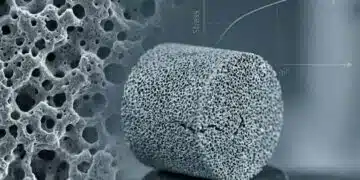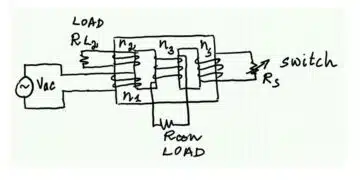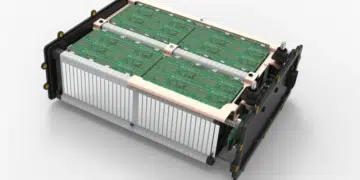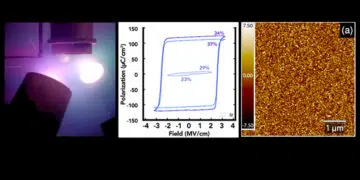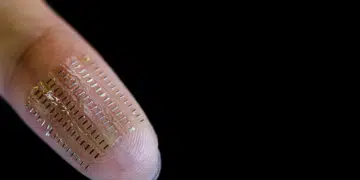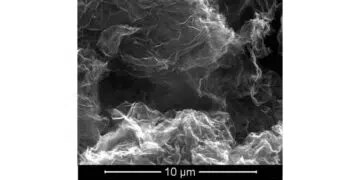New Technologies
Researchers Introduced Screen-Printable Dielectrics for Foldable mmW and 5G Electronics
Researchers at King Abdullah University of Science and Technology (KAUST) have developed a dielectric ink from the polymer ABS and ceramic...
Read moreDetailsLoughborough University Focus Thin Film 2D Materials to Design Novel, Nanometre-Sized Resistors and Capacitors
Loughborough University has received a £2m Strategic Equipment Award from EPSRC to invest in a new state-of-art ‘thin film’ equipment...
Read moreDetailsMAHLE Powertrain And Allotrope Energy Developed Fast Charging Battery-Supercapacitor Technology to Challenge ICE Refuelling Time
By combining the benefits of supercapacitors and traditional lithium-ion batteries, the new lithium-carbon technology enables a full charge to be...
Read moreDetailsMIT-designed 20T Magnet Pose Major Advance Toward Fusion Energy
New superconducting magnet breaks magnetic field strength records, paving the way for practical, commercial, carbon-free power. It was a moment...
Read moreDetailsSmart Dental Implants Can Address a Diverse Set of Tooth Health Issues
Geelsu Hwang of the School of Dental Medicine and colleagues are developing a smart dental implant that resists bacterial growth...
Read moreDetailsNew Family of Ferroelectric Materials with Energy Storage Potential
A new family of materials that could result in improved digital information storage and uses less energy may be possible...
Read moreDetailsTiny Bio-Supercapacitor Provides Energy for Biomedical Applications
Research team from Chemnitz University of Technology, IFW Dresden, and IPF Dresden presents biocompatible energy storage device for sensor applications...
Read moreDetailsWoven Nanotube Carbon Fibres Turn Heat into Power
Invisibly small carbon nanotubes aligned as fibers and sewn into fabrics become a thermoelectric generator that can turn heat from...
Read moreDetailsCompressible Graphene Foam Moderate Heat in Electronics
Purdue University engineers have developed a "thermal switch" made up of compressible graphene foam, that dynamically adjusts to temperatures both...
Read moreDetailsThermal Conductivity Plastics Filled with Graphene Improve its Thermal Conductivity and Stability
High thermal conductivity plastics show extraordinary talents in transformer inductors, electronic component heat dissipation, special cables, electronic packaging, thermal potting...
Read moreDetails


